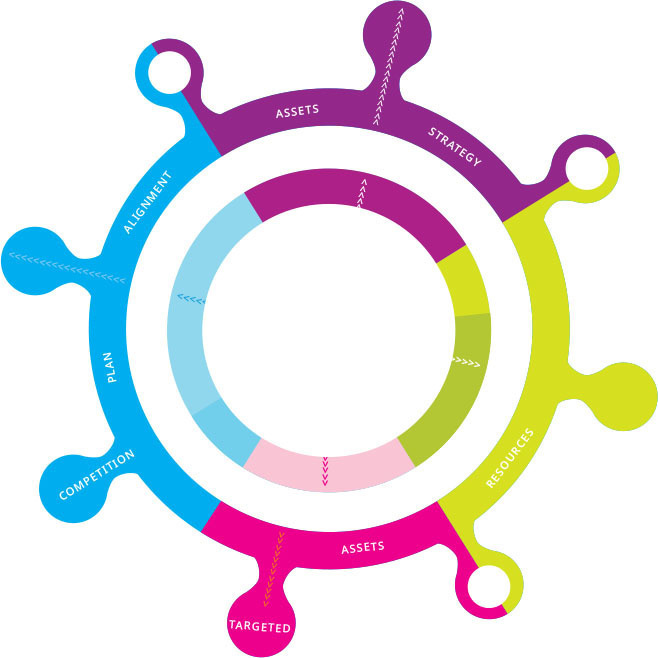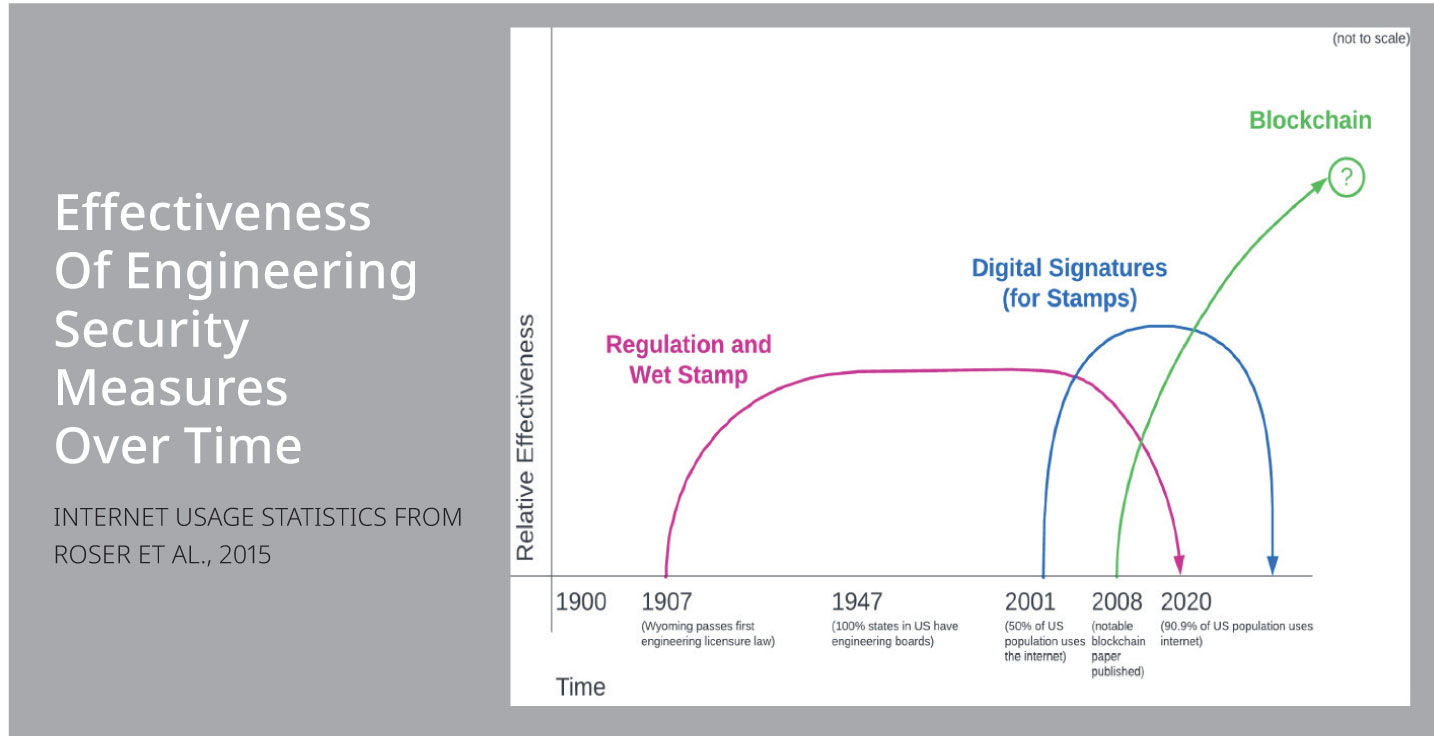July/August 2017
Communities: Construction
The Wasteful ‘Rules of the Game’
Researchers in the United Kingdom who are looking closely at inefficiency and waste in the construction industry believe the main culprit may be institutional problems rather than the human mistakes that are often blamed.
The research, which appeared in the Lean Construction Journal, notes that studies on construction waste are few in comparison to other topics. And often those studies “have focused on the causes; not the root causes.”
The authors, from Nottingham Trent University, highlight the construction industry’s systems and structures—the so-called “rules of the game.”
Waste, according to the authors, has been defined by researchers in different ways. Examples can be found in areas such as transportation, inventory, and over-
production as well as the waste of human potential. Other researchers categorize waste as physical waste, process waste, and specific kinds of waste, such as accidents and rework.
While the typical reaction to waste is to blame human error, the authors believe the environment and constraints that people work in have a larger influence. They point to the research of W. Edwards Deming, who said, “94% of troubles and failures are attributed to the system” and “6% are due to special cases, such as human mistake.”
According to the authors, the imperfect systems and structures that lead to waste include:
Procurement: Lump sum competitive bidding leads to shortcuts, neglect of important aspects of design, over-engineering, and attempts to push risk down the supply chain.
Unfair contracts: Inequitable contract risk allocation encourages parties to attempt to shift risk. Disputes and stressful working conditions can result.
Contract complexity: Unreadable, incomprehensible contracts lead to time-consuming and costly disputes. Users of contracts, not just legal experts, should be able to understand them.
Insurance: The common practice of insuring the liabilities of the individual partners, instead of the project as a whole, leads to defensive attitudes that obstruct collaboration, unnecessary costs, and duplication of coverage.
These structures, the authors contend, have become industry-accepted ways of doing business and have embedded inefficiency and waste in the supply chain. They recommend that construction professionals not focus solely on human behavior and mistakes but instead give more attention to the industry’s structures and systems.
As Nancy Levenson, a safety engineering researcher at MIT quoted in the article, says, “Without changing the environment, human error cannot be reduced for long. We design systems in which human error is inevitable and then blame the human and not the system design.”


 Volunteering at NSPE is a great opportunity to grow your professional network and connect with other leaders in the field.
Volunteering at NSPE is a great opportunity to grow your professional network and connect with other leaders in the field. The National Society of Professional Engineers (NSPE) encourages you to explore the resources to cast your vote on election day:
The National Society of Professional Engineers (NSPE) encourages you to explore the resources to cast your vote on election day:


